Himizu, or the Disillusionment of Youth
In this manga, Minoru Furuya highlights the angst felt by a group of young Japanese people struggling to find meaning in their life.
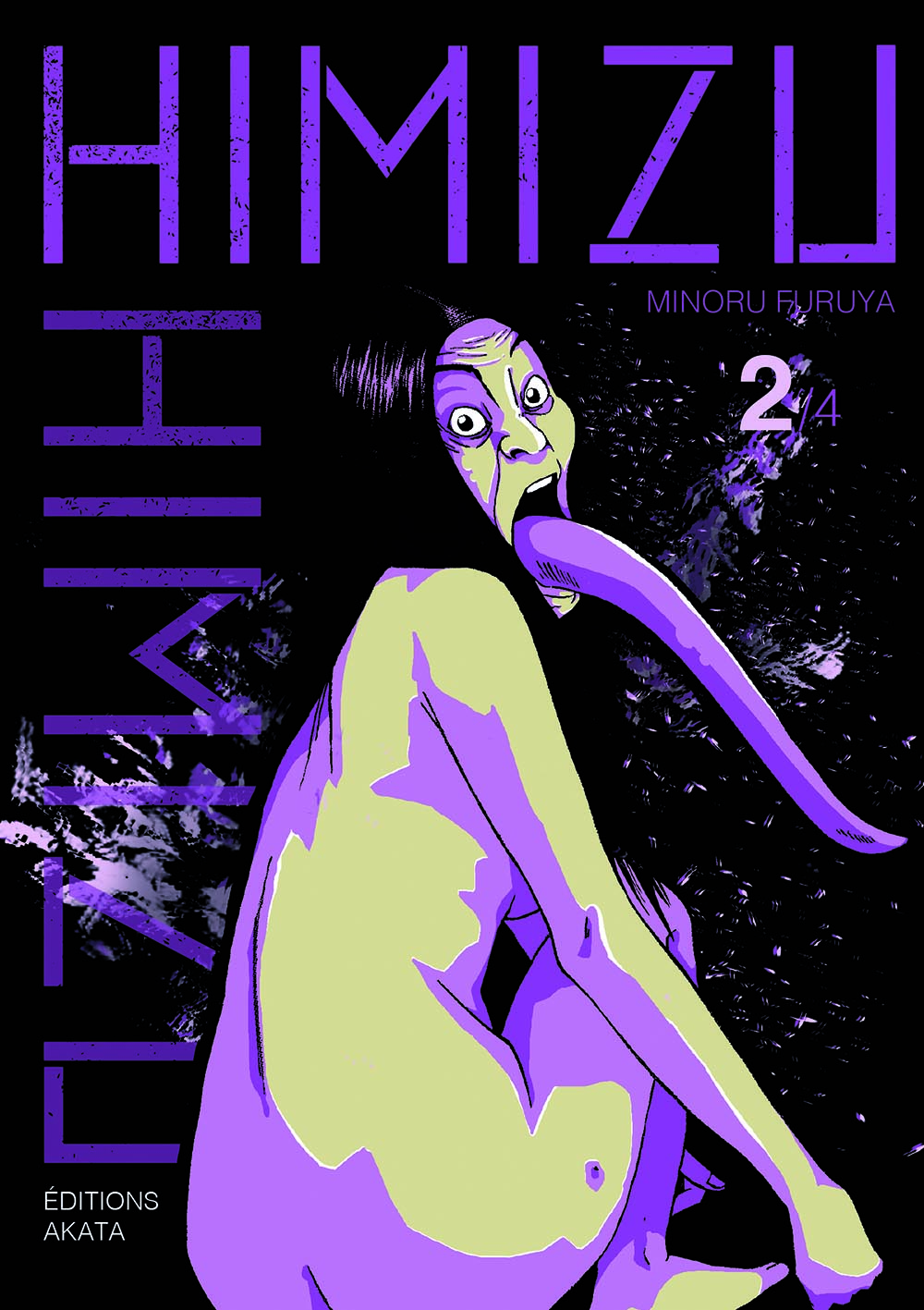
© Minoru Furuya / Kodansha Ltd. Inc.
Being a young teenager in Japan in the 2000s meant being born at the point of the bursting of the Japanese economic bubble, which occurred in the late 1980s. This is the context in which mangaka Minoru Furuya decided to set Himizu, a book published in Japan in 2001 and in translation in France in late 2019 by Akata.
A character yearning for normality
Sumida, the main character in this four-tome saga, takes shape in the sharp lines drawn by a mangaka who, until this point, had been known for his manga containing non-stop gags and jokes. This young man yearns for one thing: to lead a normal life, neither unlucky nor outstanding. To stay on the expected path, far away from the frantic competition for academic, social, and romantic success.
However, Sumida’s day-to-day life is not easy: with an unavailable father, a mother who has taken off with a new boyfriend, and a chaotic school life, his universe shrinks a little more each day, making the continuity and reassurance of routine completely impossible. But, as his horizons are limited to the boat hire shop that he has been running since his mother left and the dented sofa next to his little house, something cracks, causing his existence to be thrown into a spiral.
A tale at the heart of pressing social issues
In this series, Minoru Furuya puts his finger on the difficulty that young Japanese people face when trying to find their place in a constantly evolving society that considers professional success and family to be cardinal values. How can one find a meaning to one’s life when the future of the world in which one is growing up seems less than certain? The mangaka seeks to offer a few answers to this question across the tomes, in which physical and psychological violence intervene in a significant manner.
Proving that Himizu depicts issues of its time, the manga was adapted for the cinema by Sono Sion, who chose to set the story not during the bursting of the Japanese economic bubble, but rather at a different breaking point: that of the 11 March 2011 earthquake.
Himizu (2019) by Minoru Furuya, is published in French by Akata (currently not available in English).
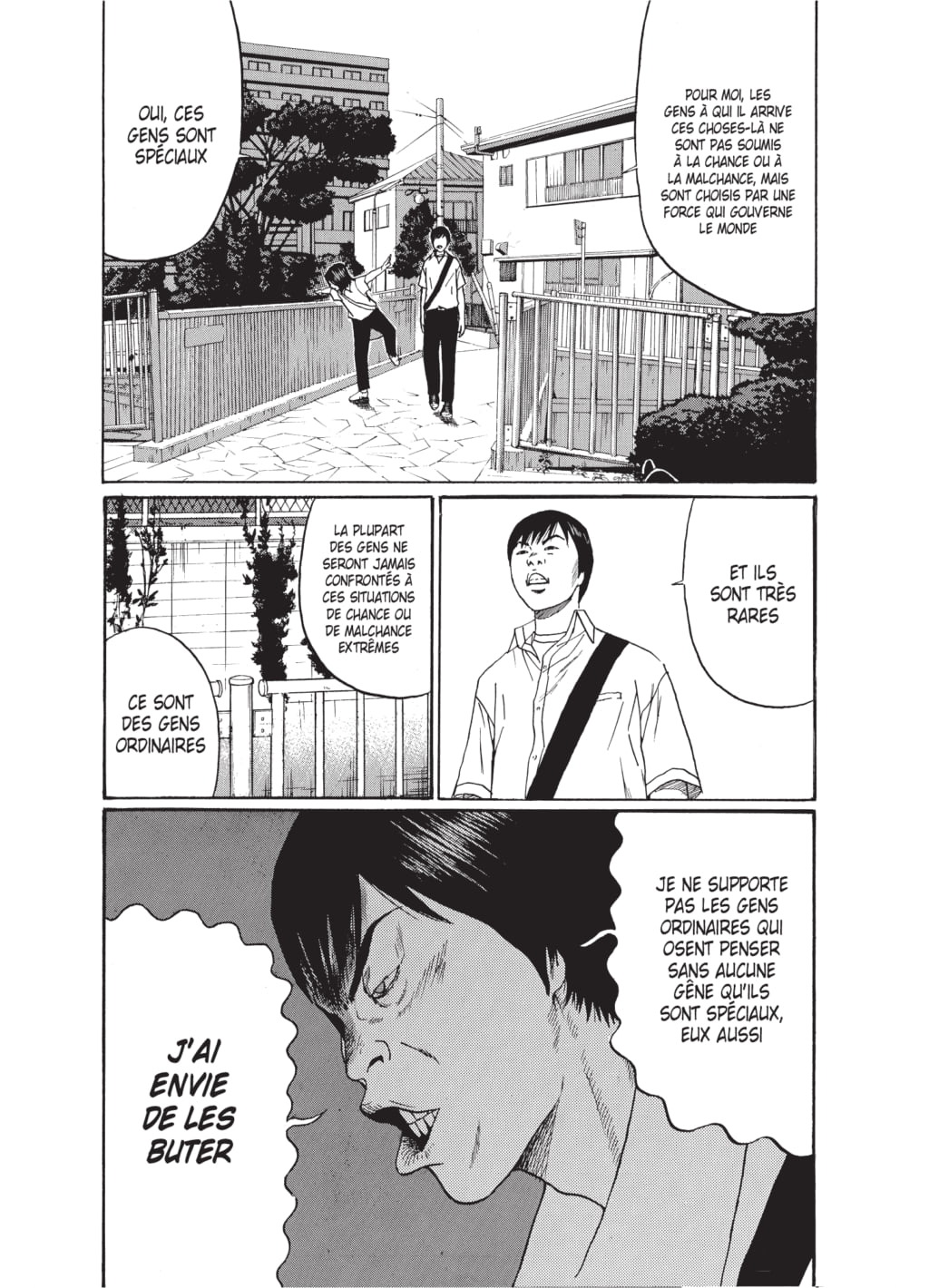
© Minoru Furuya / Kodansha Ltd. Inc.
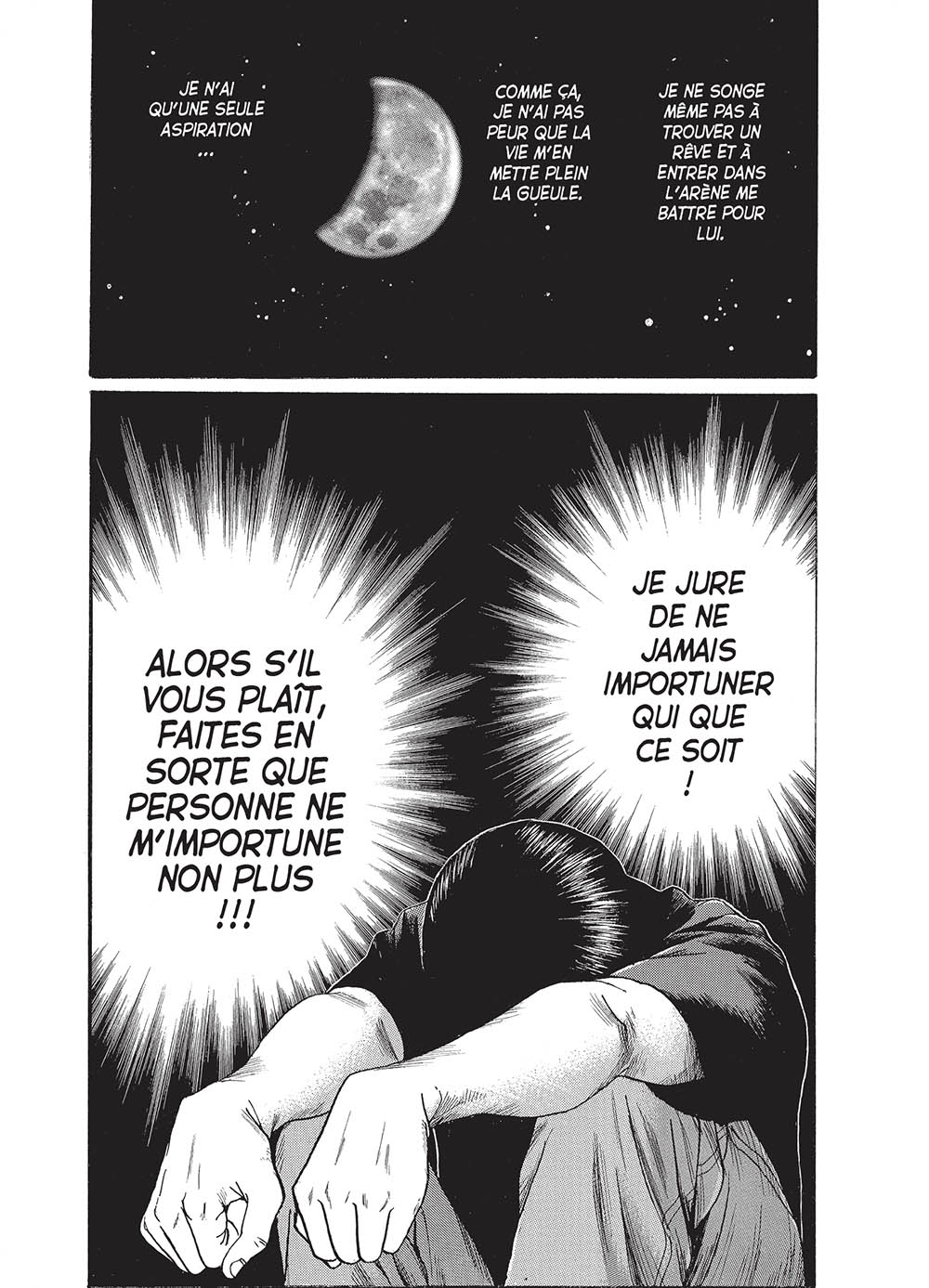
© Minoru Furuya / Kodansha Ltd. Inc.
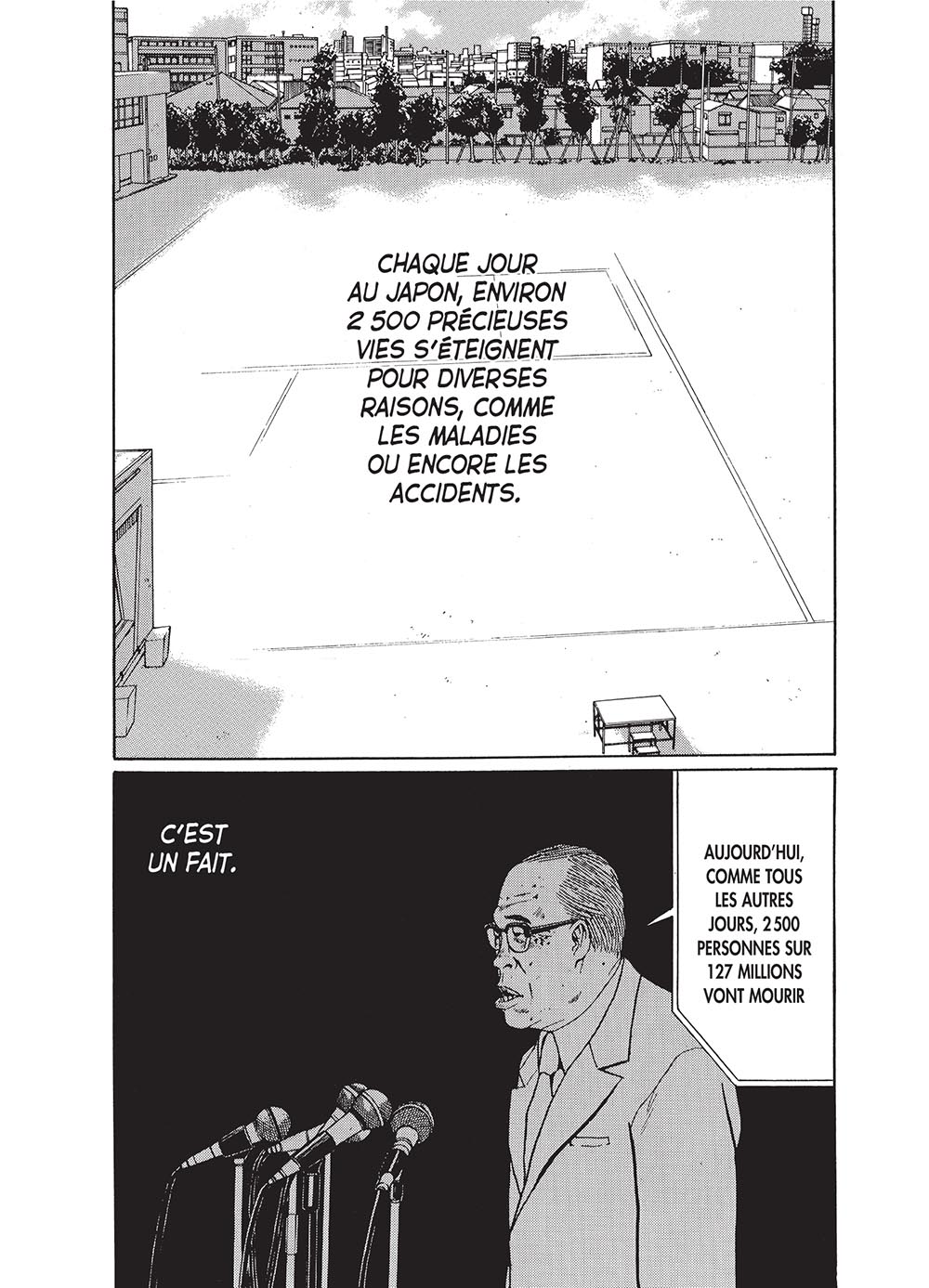
© Minoru Furuya / Kodansha Ltd. Inc.
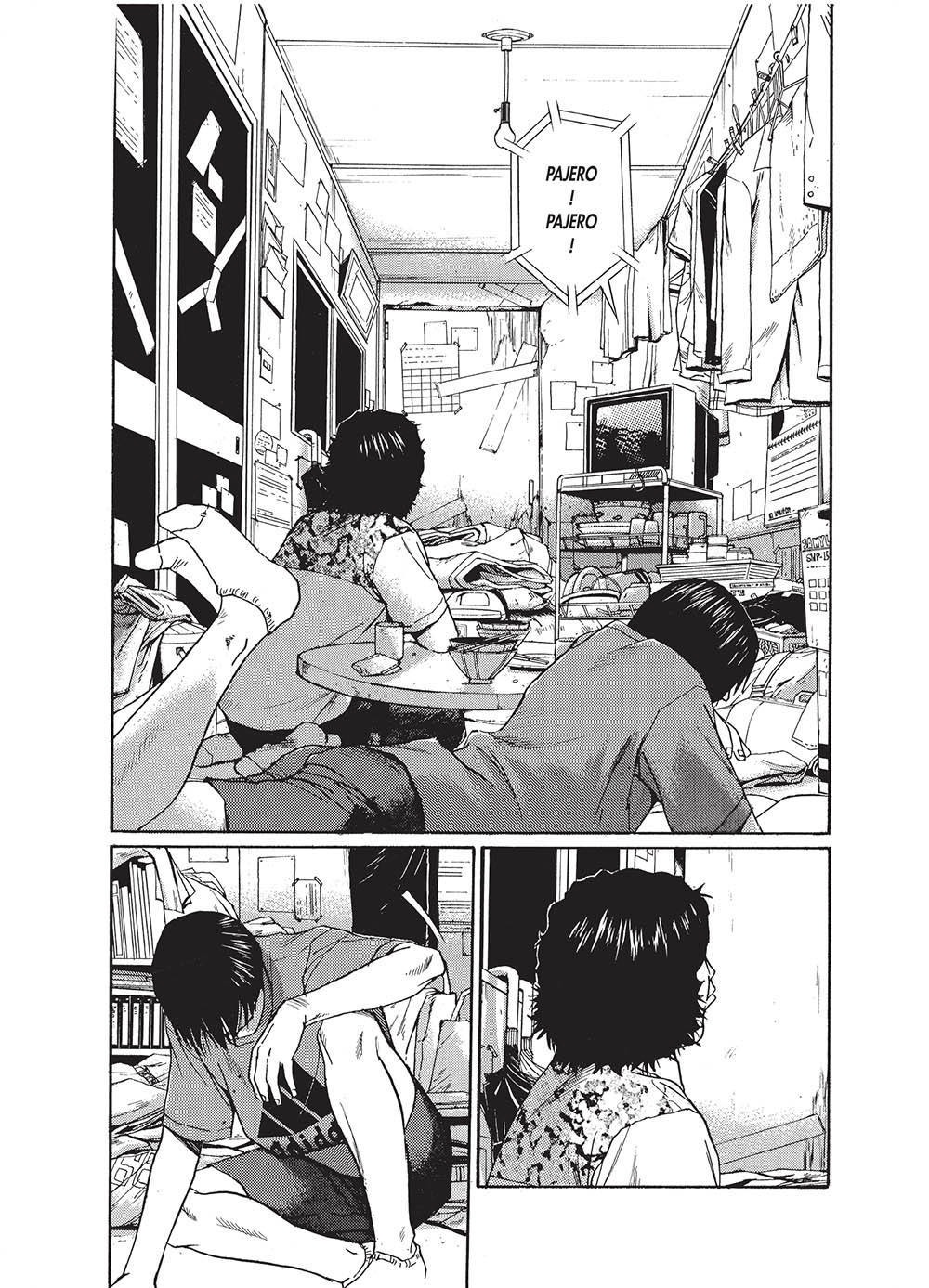
© Minoru Furuya / Kodansha Ltd. Inc.
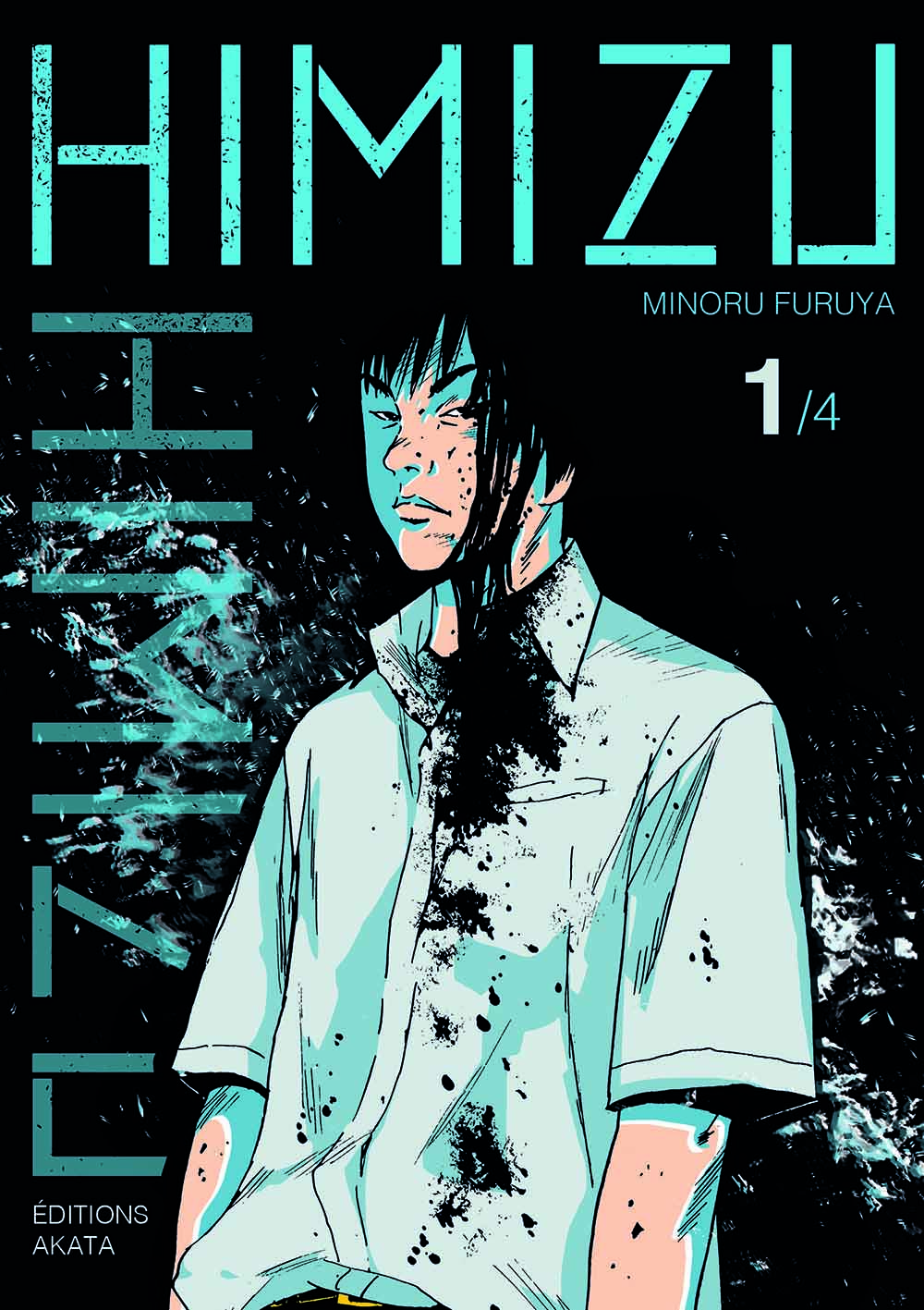
© Minoru Furuya / Kodansha Ltd. Inc.
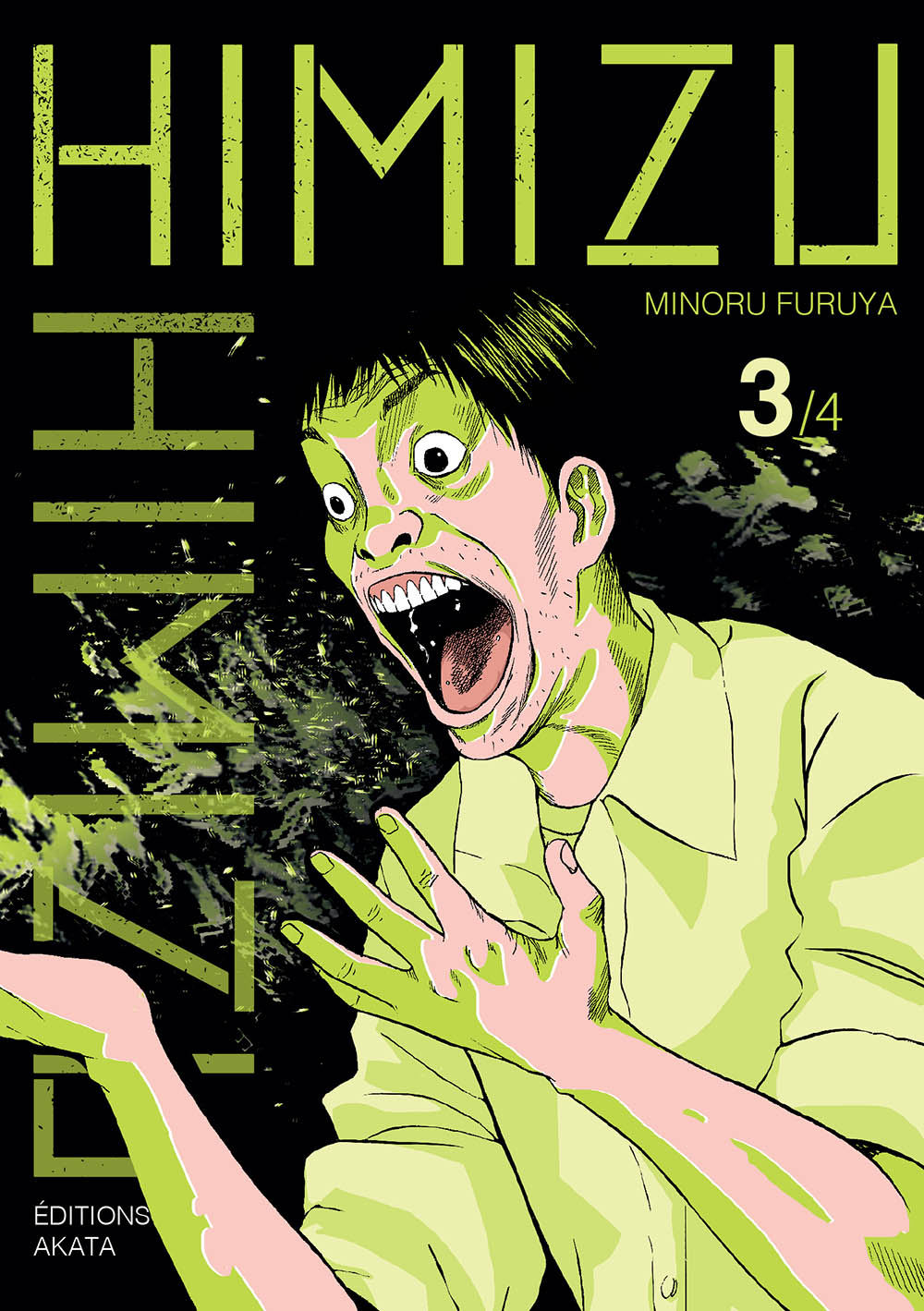
© Minoru Furuya / Kodansha Ltd. Inc.
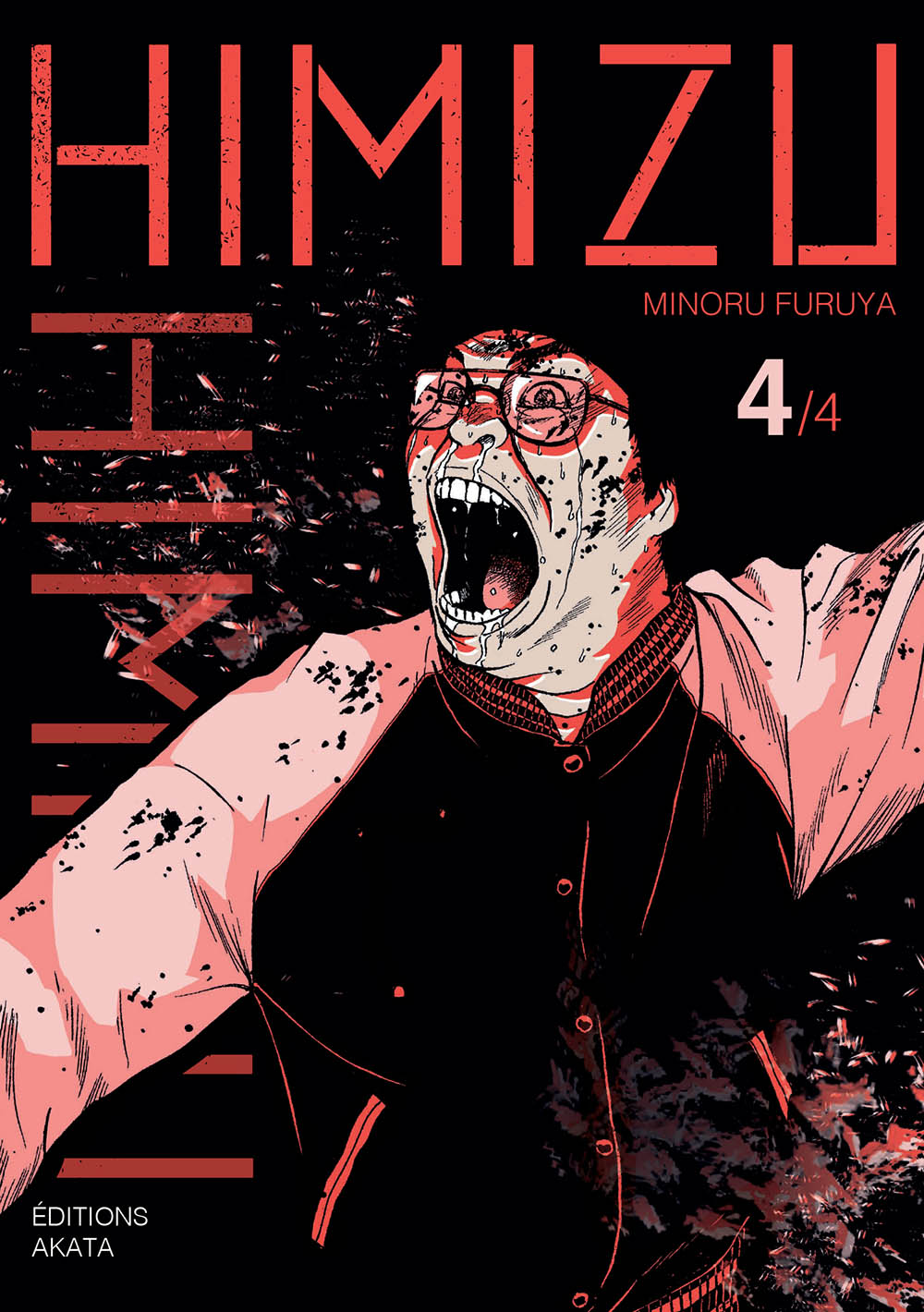
© Minoru Furuya / Kodansha Ltd. Inc.
TRENDING
-
A House from the Taisho Era Reveals Its Secrets
While visiting an abandoned building, Hamish Campbell discovered photographs the owner had taken of the place in the 1920s.

-
The Taboo-Breaking Erotica of Toshio Saeki
The master of the 1970s Japanese avant-garde reimagined his most iconic artworks for a limited box set with silkscreen artist Fumie Taniyama.

-
With Meisa Fujishiro, Tokyo's Nudes Stand Tall
In the series 'Sketches of Tokyo', the photographer revisits the genre by bringing it face to face with the capital's architecture.

-
Masahisa Fukase's Family Portraits
In his series ‘Family’, the photographer compiles surprising photos in which he questions death, the inescapable.

-
Hajime Sorayama's Futuristic Eroticism
The illustrator is the pioneer for a form of hyperrealism that combines sensuality and technology and depicts sexualised robots.





